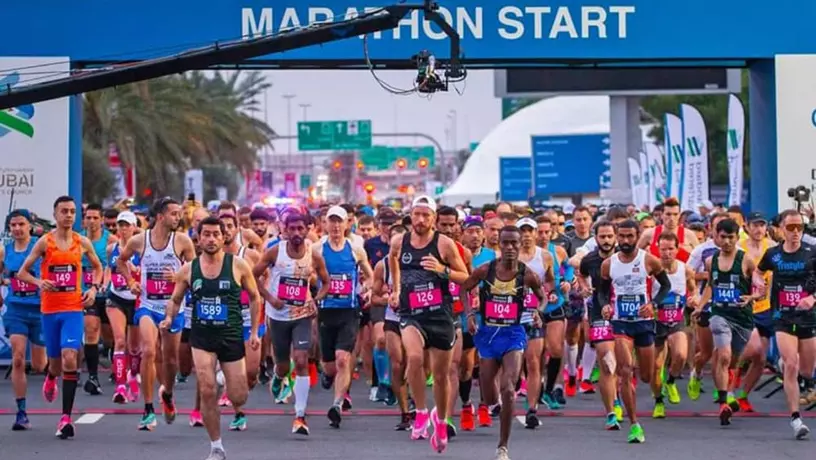
UAE hosts ‘most beautiful national celebration’
His Highness Sheikh Mohammed bin Rashid Al Maktoum, Vice President, Prime Minister of the UAE and Ruler of Dubai, thanked the organisers of the show to mark the UAE’s 53rd National Day, calling it the ‘most beautiful national celebration’ in the country’s history.
The 40-minute light show to mark this year’s Eid Al Etihad holiday was set against the backdrop of the Jebel Hafit mountains in Al Ain. The UAE’s story was told in seven chapters, and the stage itself demonstrated the important link between nature and the nation’s sustainable development.
More than 10,000 people representing 81 nationalities took part in the preparation of the performance. The show was accompanied by the London Philharmonic Orchestra, featuring 33 Emirati musicians and 66 international performers.
The first chapter told about Thuraya, a constellation that served as a guide for travellers as far back as 2500 B.C. The constellation appears in the sky over Arabia in May and disappears in November. The second chapter described the evolution of knowledge and the construction of traditional irrigation structures (falajahs) that supplied water to the oases.
The third chapter focused on the development of communication in local tribes. It demonstrated how communities developed in date palm oases, for dates were a source not only of nutrients but also of building materials.
Camels played a big role in the development of trade and exploration – they helped to expand the boundaries of communities. Of course, a significant part of the show was dedicated to the founding father of the UAE – Sheikh Zayed bin Sultan Al Nahyan, his wisdom and ideas that formed the basis of the principles of existence of the young state.
The sixth chapter focused on the future of the UAE and the role of innovation in it, primarily artificial intelligence technology, environmental protection and sustainable development. The show did without fireworks – they were replaced by a light show involving drones.
Source: The National








